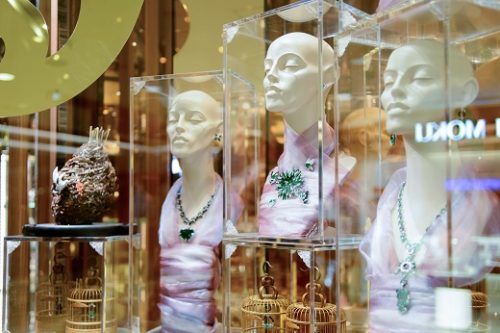Hong Kong Retail Sales Still Struggling to Recover
Hong Kong’s hard-luxury market saw its weakest growth figure for six months as the retail sector’s rebound ran out of steam amid a lack of tourism. Revenue from jewelry, watches, clocks and valuable gifts grew 27% year on year to HKD 3.2 billion ($410.6 million) in July but was still 42% lower than in the … Read more

